Amazon has made a significant move in the e-reader market by discontinuing the last Kindle with physical buttons. This decision marks the end of an era for readers who preferred tactile controls on their devices. The Kindle Oasis, known for its ergonomic design and page-turn buttons, will no longer be part of Amazon’s e-reader lineup.
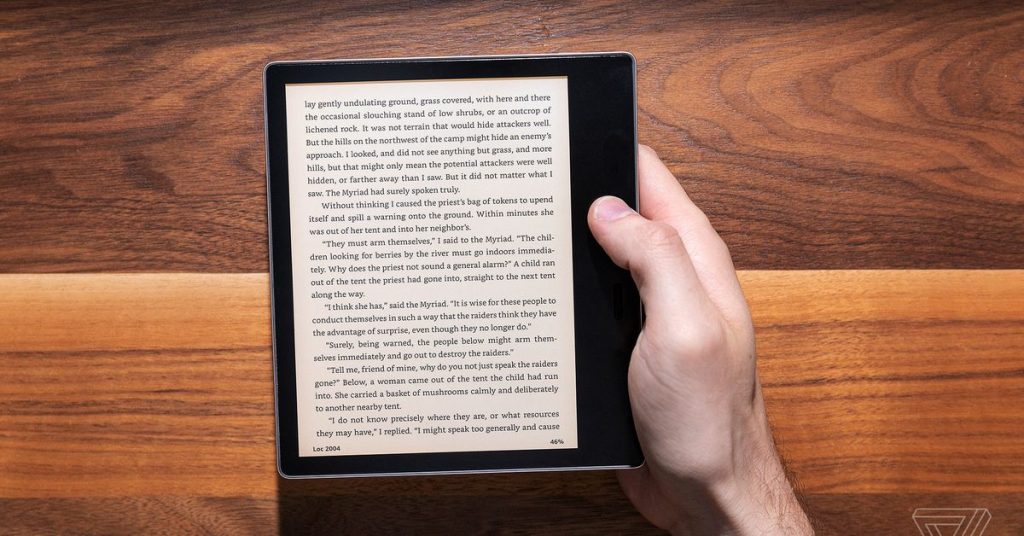
This change reflects Amazon’s shift towards touch-forward devices in their Kindle range. The company is sunsetting the Kindle Oasis to focus on newer models like the Kindle Scribe. This move has an impact on e-reader enthusiasts who valued physical buttons for navigation. As Amazon updates its product line, questions arise about the future of e-readers and how this discontinuation will shape the reading experience for digital book lovers.
The Rise and Fall of Kindle Oasis
Introduction of Kindle Oasis in 2016
Amazon introduced the Kindle Oasis on April 13, 2016, marking a significant shift in e-reader design. This device represented a radical departure from previous Kindle models, aiming to create a superior one-handed reading experience. The Oasis was the lightest and thinnest Kindle at the time, weighing just 4.6 ounces and measuring 3.4 millimeters at its thinnest point. It featured a high-resolution 300 ppi Paperwhite display, offering crisp, laser-quality text that enhanced the reading experience.
Unique features and design
The Kindle Oasis stood out with its asymmetrical design, breaking away from the traditional e-reader form factor. It featured physical page-turn buttons on one side and an accelerometer that allowed the display to rotate for comfortable one-handed operation with either hand. The device had a thicker side that tapered to an edge 20% thinner than the Paperwhite, creating an ergonomic grip that made it comfortable to hold for extended periods.
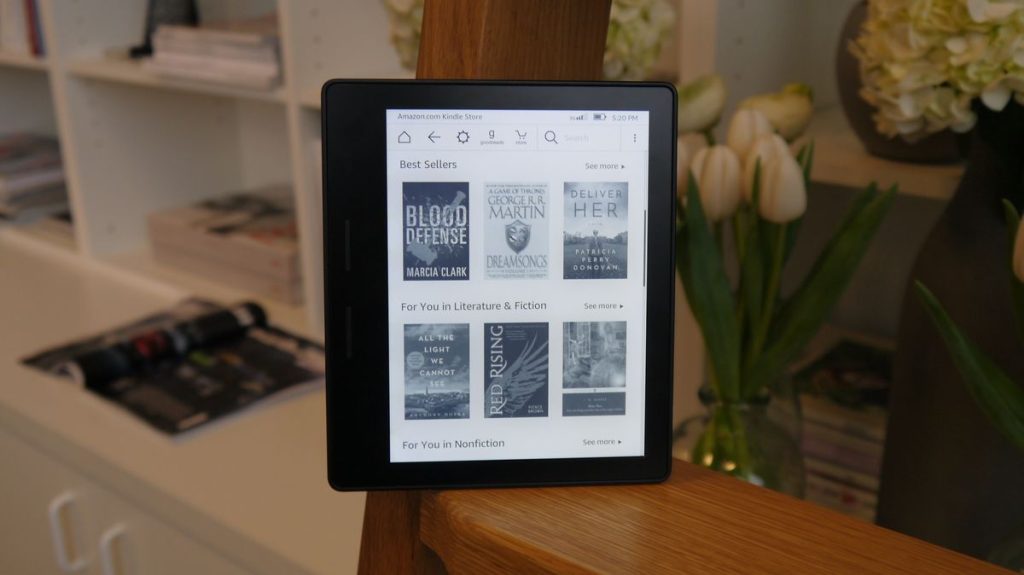
One of the most notable features of the Oasis was its removable leather battery cover. This cover not only protected the device but also extended its battery life significantly. With the cover attached, the Oasis could last up to nine weeks on a single charge, making it the longest-lasting Kindle to date. The cover was available in three colors: black, walnut (brown), and merlot (red), adding a touch of luxury to the device.
The Oasis also introduced new fonts, including Amazon’s own Bookerly (serif) and Amazon Ember (sans-serif), further enhancing the reading experience. Its 6-inch E Ink Carta HD display was illuminated by ten LEDs, providing a brighter and more even front light compared to previous models.
Iterations and lack of updates since 2019
Following the initial release, Amazon continued to refine the Kindle Oasis. In 2017, a new version was introduced with significant improvements. The screen size was increased to 7 inches while maintaining the 300 ppi resolution. This iteration also brought two major firsts for the Kindle line: IPX8 waterproofing and support for Audible audiobooks. The 2017 model also featured adaptive front lighting, automatically adjusting brightness based on ambient conditions.
The third and most recent generation of the Kindle Oasis was released in 2019. This update maintained the 7-inch high-resolution display and waterproof design while introducing color temperature adjustment for the front light. This feature allowed readers to shift the screen’s color from cool to warm tones, reducing eye strain during nighttime reading.

Despite these improvements, the Kindle Oasis has not seen any significant updates since 2019. This lack of recent innovations has led to questions about its future in Amazon’s e-reader lineup. While the Oasis has maintained its position as a premium device, other Kindle models have gradually incorporated some of its unique features, potentially diminishing its distinct appeal.
Throughout its iterations, the Kindle Oasis has maintained a premium price point, reflecting its position as Amazon’s top-tier e-reader. However, this high cost has been a point of contention for some reviewers and consumers, who have questioned whether the additional features justify the price difference compared to other Kindle models.
Amazon’s Shift Towards Touch-Forward Devices
Statement from Amazon representative
Amazon’s decision to discontinue the Kindle Oasis, the last Kindle with physical buttons, marks a significant shift in the company’s e-reader strategy. This move reflects Amazon’s commitment to embracing touch-forward technology across its device lineup. The company has recognized the growing preference among consumers for intuitive, touch-based interfaces that offer a more seamless reading experience.
Reasons behind the decision
The decision to sunset the Kindle Oasis is rooted in several factors. Firstly, touch screen technology has shown a positive influence on key aspects of usability, particularly in terms of efficient navigation. Studies have indicated that e-reading devices with touch screens correlate with better navigation ratings. For instance, participants in one study rated the navigation significantly better for touch screen devices compared to those with physical buttons.
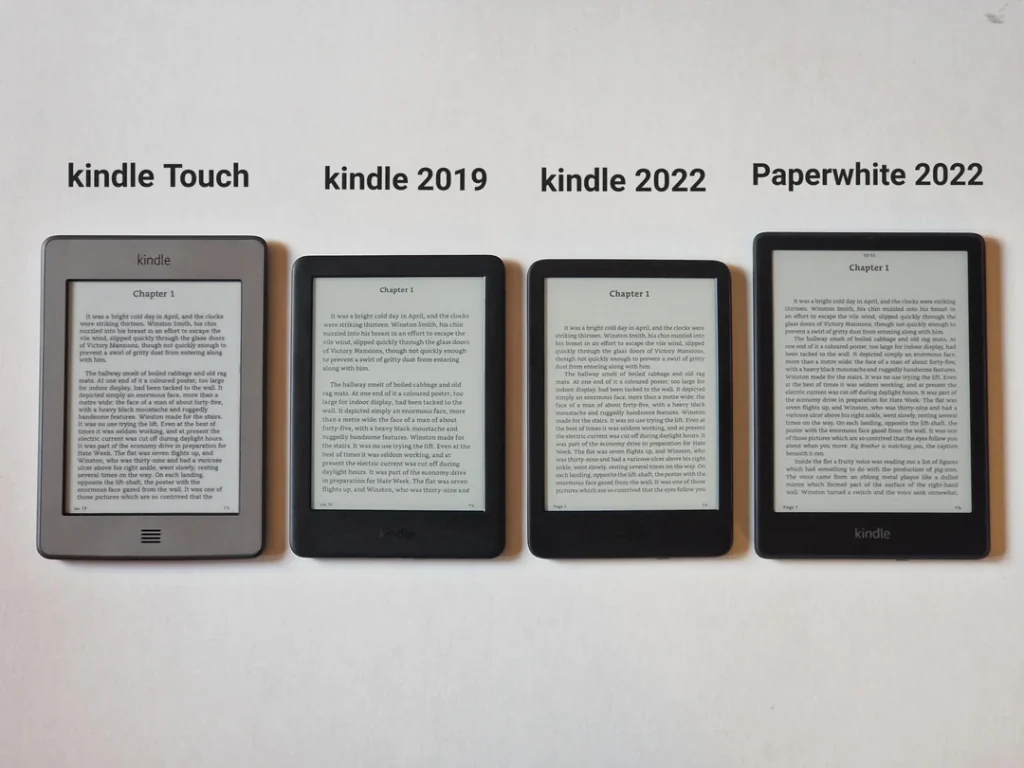
Moreover, touch screens tend to allow for easier and more intuitive interactions. They save space by eliminating the need for a keyboard or mouse, which also tends to make for easier hand-eye coordination. This advantage has become increasingly important as consumers seek more compact and user-friendly devices.
Customer preferences and market trends
Market trends have played a crucial role in Amazon’s decision. The company has observed a shift in customer preferences towards touch-based interfaces. Touch screens offer greater flexibility for adaptations in navigation, such as through firmware updates, compared to devices with static buttons. This flexibility allows Amazon to continuously improve the user experience without being constrained by physical hardware limitations.
Furthermore, the rise of multifunctional devices has influenced consumer expectations. While dedicated e-readers with e-ink screens simulate the experience of reading a paper book, many readers now prefer devices that offer additional functionalities. The Kindle Scribe, for example, combines reading capabilities with note-taking features, catering to a broader range of user needs.
Amazon’s move also aligns with the overall trend in the e-reader market. As the cost of e-readers has continued to fall, making them more accessible to purchase, consumers have shown a preference for devices that offer a balance of functionality and simplicity. The company’s focus on touch-forward devices reflects this shift, aiming to provide a more intuitive and versatile reading experience.
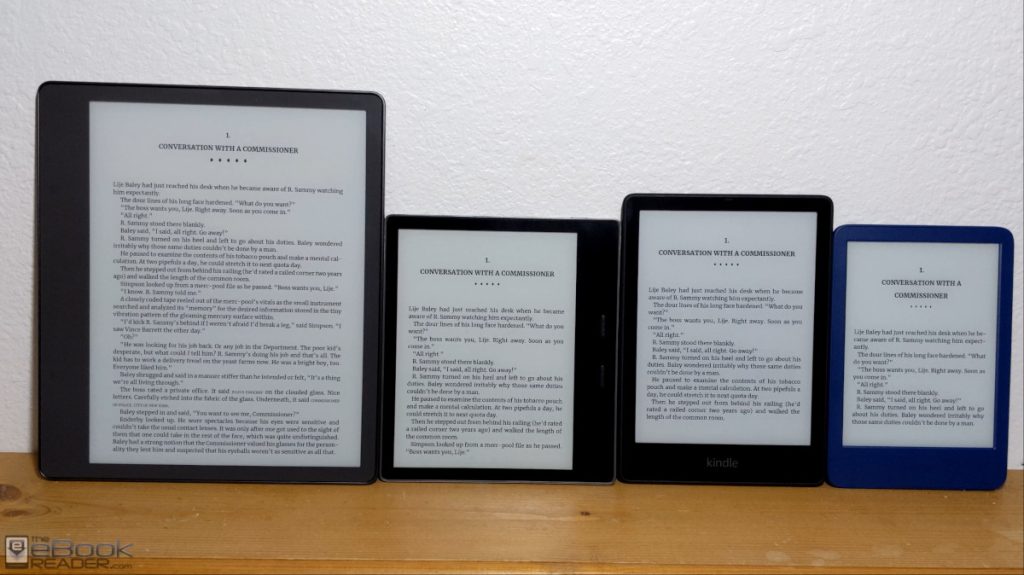
By discontinuing the Kindle Oasis, Amazon is not only responding to current market demands but also positioning itself for future innovations in e-reader technology. The company continues to invest in improving its e-ink displays, adjustable lighting features, and overall device usability to enhance the digital reading experience for its customers.
Impact on E-Reader Enthusiasts
The discontinuation of the Kindle Oasis, Amazon’s last e-reader with physical buttons, has a significant impact on e-reader enthusiasts. This change has sparked discussions about the future of e-reader design and functionality.
Loss of physical page-turn buttons
For many readers, the physical page-turn buttons were a beloved feature of the Kindle Oasis. These buttons provided a tactile experience that some users found more satisfying and reliable than touch screens. The buttons offered reassuring feedback, making it easier to navigate through pages without accidentally skipping content. This tactile feedback was particularly appreciated by those who preferred a more traditional reading experience.
The loss of physical buttons has an impact on one-handed usability. With side-mounted buttons, users could easily turn pages while holding the device in one hand. The shift to touch-only interfaces may make one-handed reading more challenging for some users, especially those who enjoyed reading in various positions or while multitasking.
Ergonomic considerations
The Kindle Oasis was known for its unique asymmetrical design, which was intended to create an ergonomic grip for comfortable extended reading sessions. This design, combined with the physical buttons, allowed for a one-handed reading experience that many users found comfortable and intuitive.
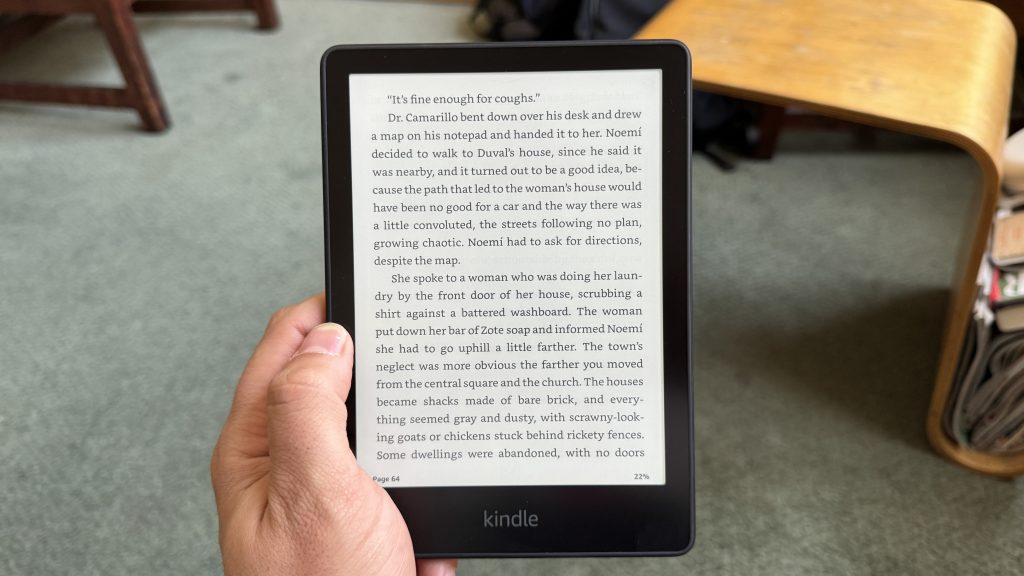
With the discontinuation of the Oasis, readers who valued its ergonomic design may need to adapt to different form factors. While newer Kindle models offer their own ergonomic benefits, the loss of the Oasis’s distinctive shape and button placement may be felt by those who had grown accustomed to its unique design.
Alternatives in the market
As Amazon shifts towards touch-forward devices, e-reader enthusiasts still have options if they prefer physical buttons or alternative designs. Some competitors in the e-reader market continue to offer devices with physical page-turn buttons, catering to readers who value this feature.
For instance, the Barnes & Noble Nook GlowLight 4 is noted for its physical page-turn buttons, offering an alternative for those who prefer tactile controls. However, it’s worth noting that this device has its own limitations, such as not being waterproof and having clunky public library support.
E-reader enthusiasts also have the option to explore devices with different features. For example, some e-readers now offer note-taking capabilities with digital pens, allowing users to annotate directly on the screen. These features may appeal to readers who use their devices for both leisure reading and academic or professional purposes.
For those who enjoy audiobooks, many e-readers now support this feature. Kindles can connect to Bluetooth headphones to play Audible audiobooks, while Kobo uses a proprietary audiobook format. This functionality adds versatility to e-reading devices, catering to users who enjoy both visual and auditory reading experiences.
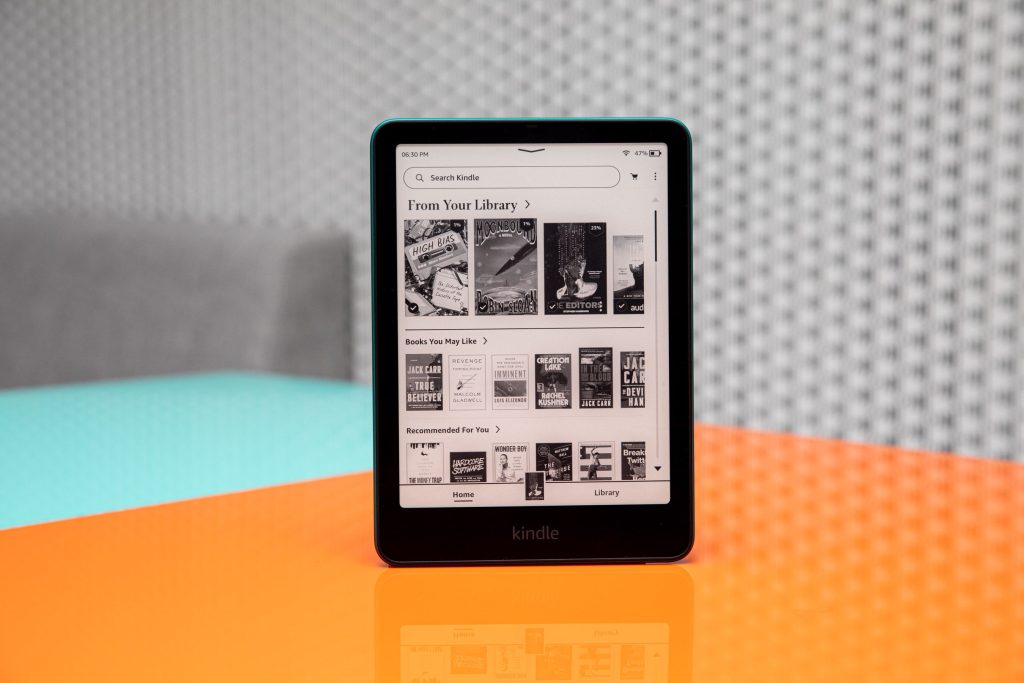
As the e-reader market continues to evolve, enthusiasts may find that the loss of physical buttons is offset by new features and capabilities. However, the discontinuation of the Kindle Oasis undoubtedly marks the end of an era for those who valued its unique combination of ergonomic design and tactile controls. As Amazon and other manufacturers continue to innovate, e-reader enthusiasts will be watching closely to see how future devices balance touch-forward technology with the ergonomic and tactile preferences of dedicated readers.
New Kindle Lineup Announcement
Overview of new models
Amazon has recently unveiled a significant update to its Kindle lineup, introducing four new models that represent the largest shift in the Kindle range in years. This announcement includes the Kindle Colorsoft, Amazon’s first full-color e-reader, alongside updated versions of the Kindle Scribe, Kindle Paperwhite, and the standard Kindle.
The new lineup aims to cater to a wide range of reader preferences, from those seeking a basic e-reading experience to those desiring more advanced features. Each model brings its own set of improvements and innovations, reflecting Amazon’s commitment to enhancing the digital reading experience.
Paperwhite with larger screen
The Kindle Paperwhite, known as the most popular Kindle model, has received notable upgrades in its latest iteration. The new Paperwhite features a slightly larger 7-inch display, an increase from the previous 6.8-inch screen. This expansion has been achieved by reducing the bezels around the screen, allowing for more text per page without significantly altering the device’s overall dimensions.
Amazon claims that this new Paperwhite boasts the highest contrast ratio of any Kindle, thanks to an oxide film transistor used in the display. This enhancement results in sharper text and images, improving the overall reading experience. The device also offers faster page turns, with Amazon stating that it’s 25% quicker than its predecessor.
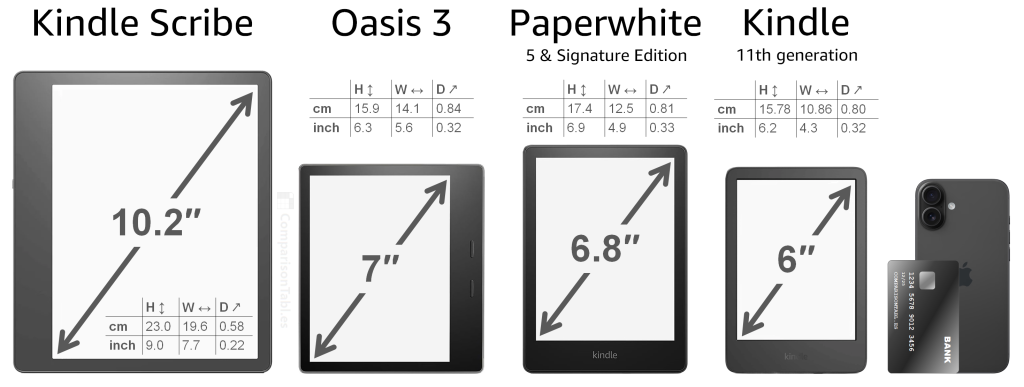
Other improvements to the Paperwhite include increased responsiveness, 16GB of storage (with a 32GB option available in the Signature Edition), and an impressive battery life of up to three months on a single charge. These enhancements further solidify the Paperwhite’s position as a versatile and reliable e-reader for avid book lovers.
Introduction of color screen Kindle
The most intriguing addition to the Kindle family is undoubtedly the Kindle Colorsoft, Amazon’s first venture into full-color e-readers. This 7-inch device represents a significant leap forward in e-reader technology, offering a waterproof design and an impressive battery life of up to eight weeks.
The Kindle Colorsoft’s display uses an oxide backplane with custom waveforms, resulting in fast performance and higher contrast for both color and black-and-white content. Amazon has implemented a new light guide with nitride LEDs, which, when combined with custom algorithms, enhances color and increases brightness without compromising detail.
One of the key features of the Colorsoft is its ability to display book covers, photos, and images in vibrant color. This capability extends to highlighting text, with users now able to highlight in yellow, orange, blue, or pink, and even search for highlights by color. The device maintains the core purpose of an e-reader by not including notifications or social media features, ensuring an uninterrupted reading experience.
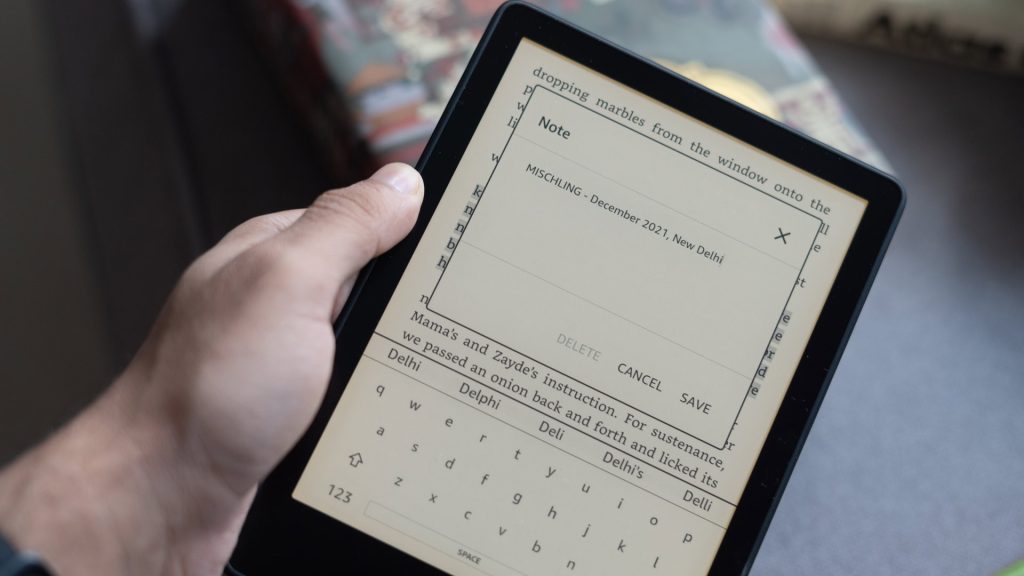
The Kindle Colorsoft Signature Edition, priced at INR 23453.56, is available for pre-order and is set to ship on October 30. It includes additional features such as wireless charging, an auto-adjusting front light, and the ability to zoom in on content through pinch-to-zoom functionality.
With these new additions and improvements, Amazon continues to innovate in the e-reader market, offering devices that cater to a wide range of reading preferences. From the basic Kindle to the advanced Colorsoft, the new lineup demonstrates Amazon’s commitment to enhancing the digital reading experience while maintaining the core features that have made Kindles popular among book enthusiasts.
The Future of E-Readers
Technological advancements
The future of e-readers looks promising, with continuous technological advancements shaping the industry. As Amazon discontinues the last Kindle with physical buttons, the focus shifts to touch-forward devices and innovative features. E-reader manufacturers are investing in improving screen technology to enhance the reading experience. High-resolution displays now offer improved contrast, better color accuracy, and reduced glare, making e-readers more similar to print books.
One significant advancement is the introduction of color screens, as seen in Amazon’s new Kindle Colorsoft. This development allows for a more vibrant display of book covers, photos, and images, enhancing the overall reading experience. Additionally, some e-readers now feature adjustable color temperature, enabling readers to customize the display to their preferences.
Battery life and memory capacity are also seeing improvements. Future e-readers are expected to offer extended reading sessions without frequent recharging, making them even more convenient for avid readers. The integration of cloud storage for e-books is another trend that’s gaining traction, allowing users to access their entire library from anywhere.
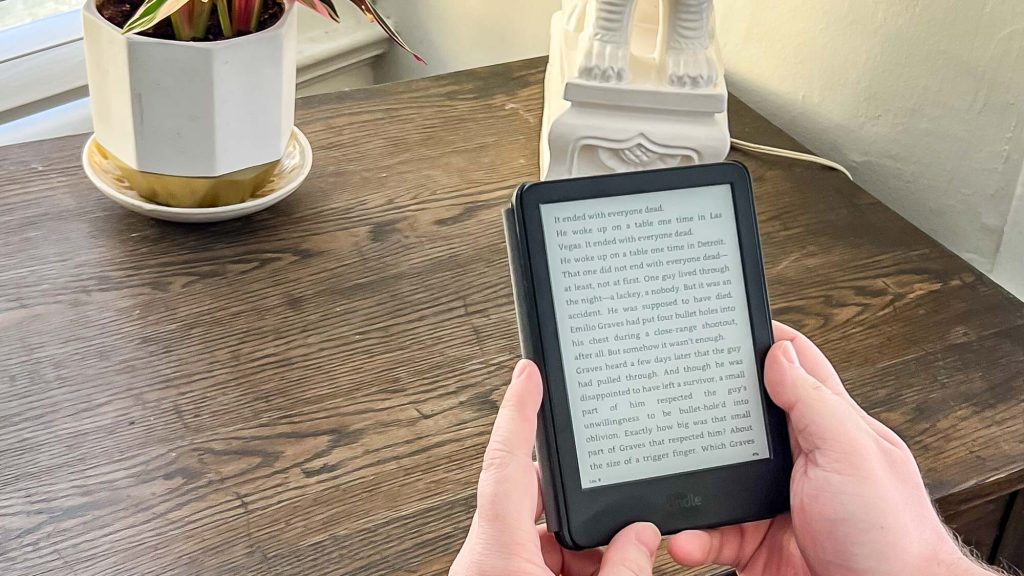
Changing user expectations
As e-readers evolve, user expectations are changing. Readers now desire more than just a device for displaying text; they want a multifunctional tool that enhances their reading experience. The integration of interactive and multimedia features is becoming increasingly important. Touch screens, soundtracks, and video capabilities are being incorporated to provide instant feedback and gratification for users.
The demand for personalization is also growing. E-readers and digital platforms are incorporating features that allow readers to customize their experience, such as adjusting font size and style, line spacing, and margins. Built-in dictionaries and translation tools are making it easier for readers to look up unfamiliar words and phrases, further enhancing the reading experience.
Social features are another aspect that users are beginning to expect from their e-readers. Many platforms now offer features that allow readers to connect with others who share their interests, such as online book clubs and discussion forums. This trend is likely to continue, with social reading becoming an increasingly important part of the e-reader landscape.
Potential new features and innovations
The future of e-readers is likely to see a range of new features and innovations. One area of development is the integration of artificial intelligence (AI) for personalized reading experiences. AI-powered analytics about reading behavior could be used to improve the customizability and adaptability of the reading experience. This could lead to more tailored content recommendations and even adaptive content that adjusts based on individual preferences and reading habits.
Interactive e-books are another potential innovation. These could incorporate multimedia elements, allowing for a more engaging reading experience through videos and audio. For younger readers, interactive features like puzzles and enhanced visuals could foster a love for literature and make reading more engaging.
The integration of e-readers with other devices and services is also likely to increase. For example, the convergence of text, image, audio, video, animation, and interactivity could lead to new forms of digital content. Some e-readers may also incorporate note-taking capabilities with digital pens, allowing users to annotate directly on the screen.
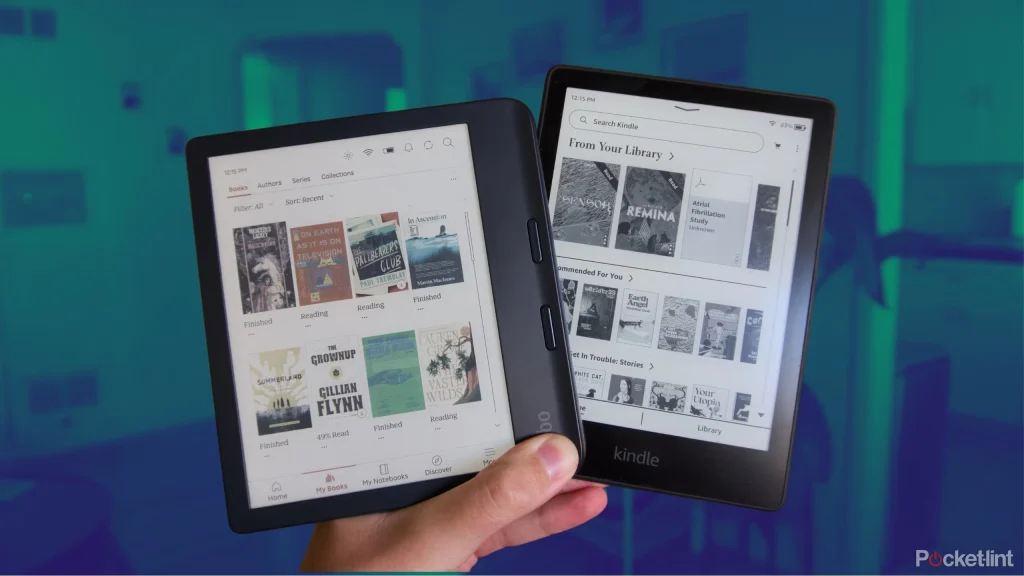
As the e-reader market continues to grow, with expectations to surpass INR 1305.91 billion by 2030, we can anticipate further innovations in device technology. These advancements aim to make e-readers more intuitive, versatile, and aligned with the changing needs of digital readers.
While the discontinuation of the last Kindle with physical buttons marks the end of an era, it also signals the beginning of a new one. The future of e-readers is likely to be characterized by more advanced, touch-forward devices that offer a wide range of features beyond simple text display. As Amazon and other manufacturers continue to innovate, the e-reading experience is set to become more immersive, personalized, and technologically sophisticated.
Conclusion
The discontinuation of the Kindle Oasis marks a significant shift in Amazon’s e-reader strategy, reflecting the broader trends in the digital reading landscape. This move towards touch-forward devices shows Amazon’s commitment to keeping up with changing user preferences and technological advancements. The introduction of new models, especially the color screen Kindle, points to an exciting future for e-readers, with more immersive and versatile reading experiences on the horizon.
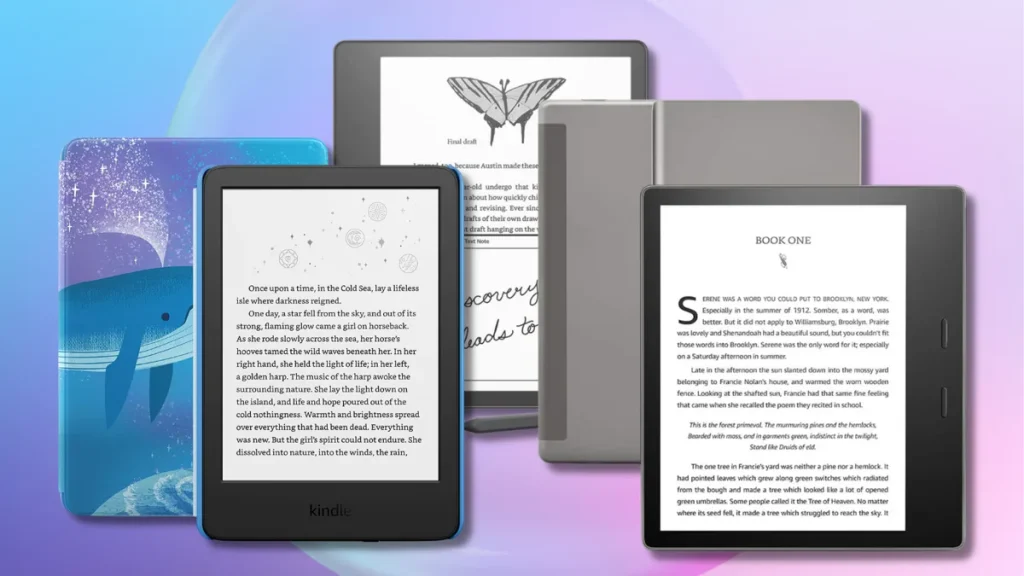
As the e-reader market continues to evolve, we can expect to see more innovations that blur the lines between traditional reading and interactive digital experiences. While some readers might miss the tactile feel of physical buttons, the new features and capabilities of modern e-readers open up fresh possibilities to enhance the joy of reading. In the end, these changes aim to make digital reading more engaging, accessible, and tailored to individual preferences, ensuring that the love for books continues to thrive in the digital age.
FAQs
What functions do the buttons on a Kindle serve?
The Kindle includes several physical buttons each with specific functions. The Home button takes you to the Home screen, which displays your library of content. The Back button allows you to return to your previous location in a book after navigating away, such as following a link.
Is the Amazon Kindle an open or closed system?
The Amazon Kindle operates on a fundamentally closed system. While it utilizes some open source software and its kernel’s source code is available, Amazon prevents the installation of custom software on the device, limiting enhancements and modifications.
Where can I find the power button on my Kindle?
The power button on a Kindle is typically located at the bottom of the device. To turn off your Kindle, you either slide or hold this button down for about 40 seconds, depending on the model of your Kindle.
Does closing the cover of a Kindle turn it off?
Closing the cover of a Kindle puts the device into sleep mode, activating the screen saver. If the Kindle is not reopened within a few minutes (typically less than three), the device automatically turns off, though the screensaver image remains visible and the backlight turns off.



